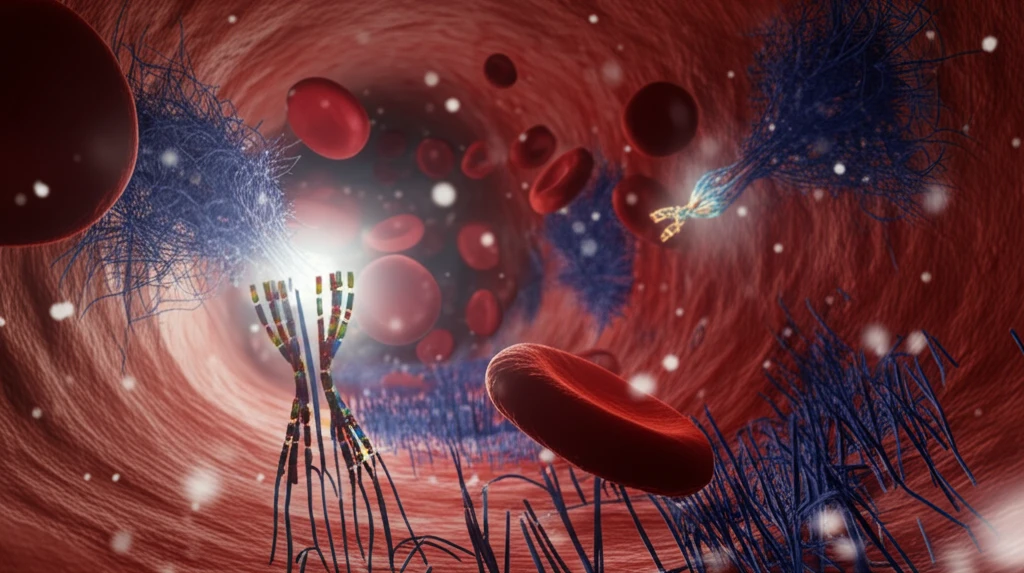
Unlock Malaria Treatment: Nanoemulsions and Oligonucleotides - A Promising Duo
"Discover how validated spectrophotometric methods are revolutionizing antimalarial drug delivery using nanoemulsions and oligonucleotides for targeted treatment."
Malaria remains a devastating global health issue, affecting hundreds of millions annually. The rise of drug-resistant parasites has intensified the challenge, demanding innovative therapeutic strategies.
Oligonucleotides, single-stranded nucleic acids, have emerged as a promising approach, capable of interfering with protein synthesis and inhibiting parasite growth. However, their effectiveness is limited by poor cell penetration and vulnerability to nuclease degradation.
To overcome these obstacles, researchers are exploring the use of positively-charged colloidal carriers, specifically oil-in-water (o/w) nanoemulsions, to deliver oligonucleotides. These nanoemulsions spontaneously interact with nucleic acids, forming protective polyionic complexes that enhance cell uptake and prevent degradation.
How Spectrophotometry Validates Oligonucleotide Delivery via Nanoemulsions

A key challenge is accurately measuring how well oligonucleotides associate with these nanoemulsions. Due to the tiny size of the oil droplets, traditional methods are difficult to apply. Most approaches rely on indirect measurements, calculating the difference between the initial drug amount and the free drug found after separating the water phase using ultrafiltration.
- Specificity: Confirmed by comparing the absorption spectra of oligonucleotide solutions with solutions containing glycerol, ensuring no interference.
- Linearity: Demonstrated over a concentration range of 0.4 to 1.0 nmol/mL, with a high correlation coefficient (r > 0.998).
- Precision: High repeatability (intra-day) and intermediate precision (inter-day), with relative standard deviation values below 2.6%.
- Accuracy: Recoveries ranged from 98.8 to 103.6%, indicating excellent agreement between added and measured amounts.
The Future of Malaria Treatment
This validated spectrophotometric method provides a reliable tool for estimating oligonucleotide association with nanoemulsions, crucial for optimizing antimalarial drug delivery systems. The method is linear, specific, precise, and accurate, paving the way for developing more effective treatments against drug-resistant malaria. Ongoing research focuses on refining intravenous nanoemulsions for antimalarial oligonucleotide delivery, promising a new era in malaria therapeutics.
